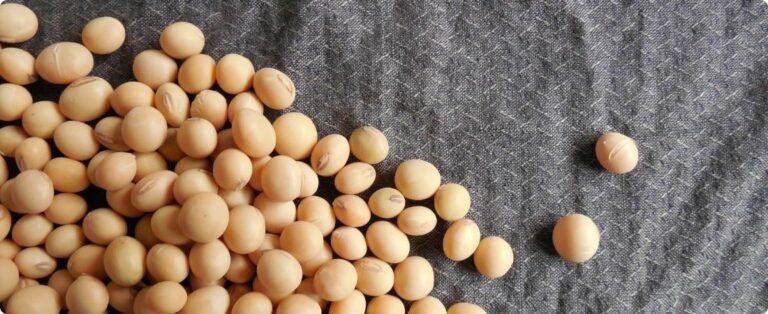Cotton buyers consulted by Cepea are not interested in making new purchases in the national spot. Most industries use stored and/or received raw materials and, when necessary, seek small volumes for replacement, but offer lower prices for the lint.
Only traders are more active in purchasing feathers, in order to meet schedules, while trading companies are holding back, paying attention to low international prices and the rise in the dollar in recent days. On the selling side, much of it focuses on fulfilling previously signed contracts.
According to Cepea employees, processing remains slow, due to the delay in harvesting and the large harvest. Furthermore, sellers claim that current values are low. Thus, between August 6th and 13th, the CEPEA/ESALQ cotton lint indicator, with payment in 8 days, fell 0.9%, closing at R$ 2.4509/lp on Tuesday, 13th. This was the tenth week consecutive decline in values.















